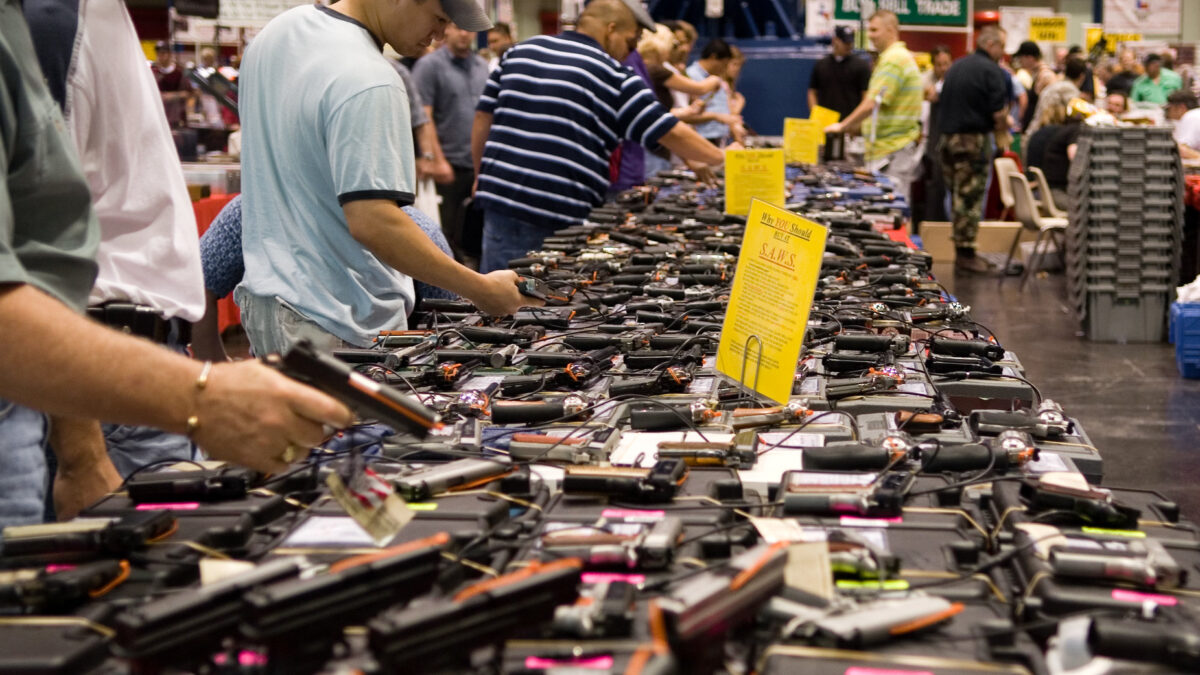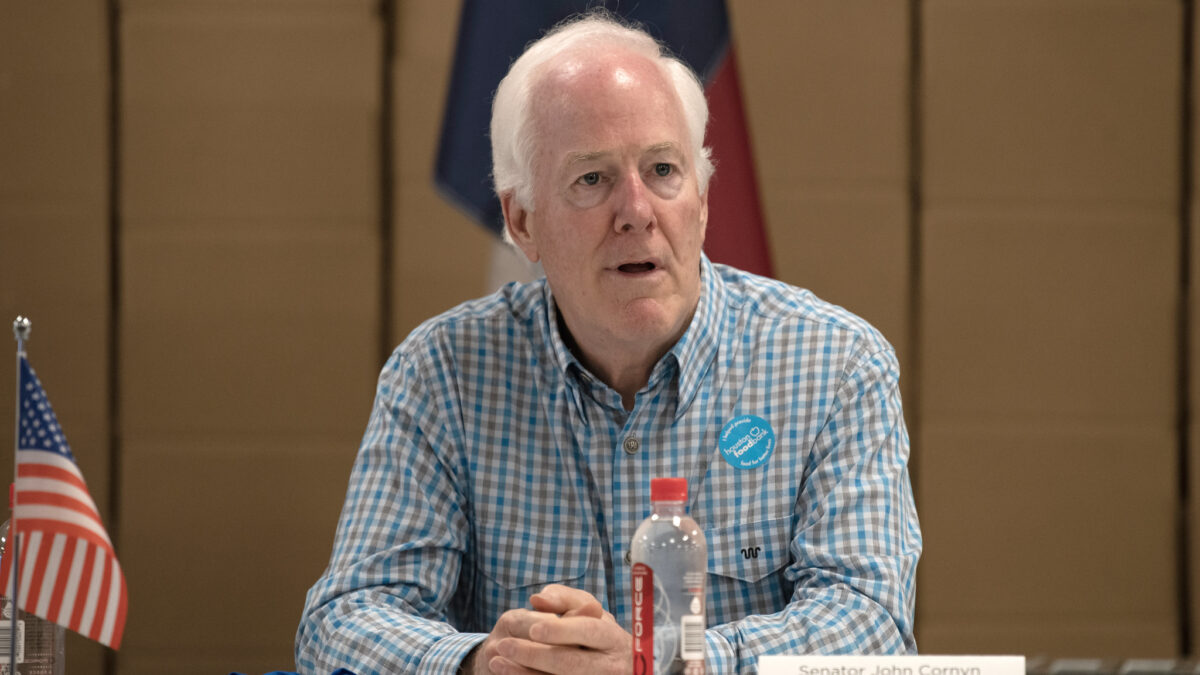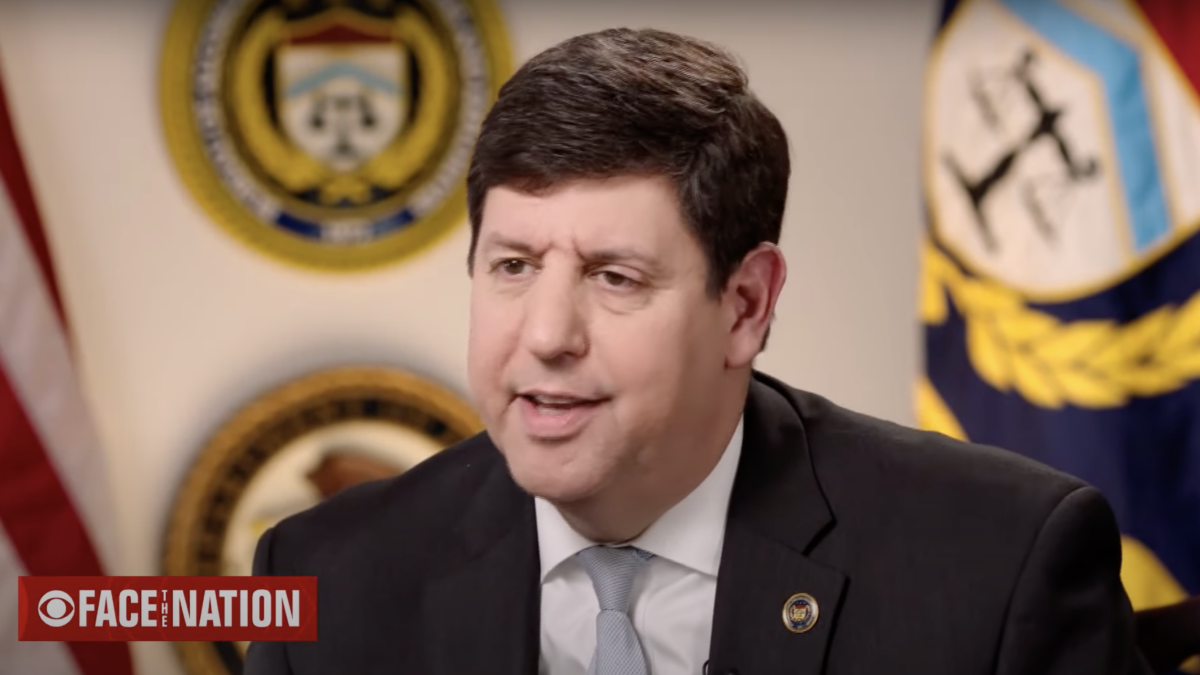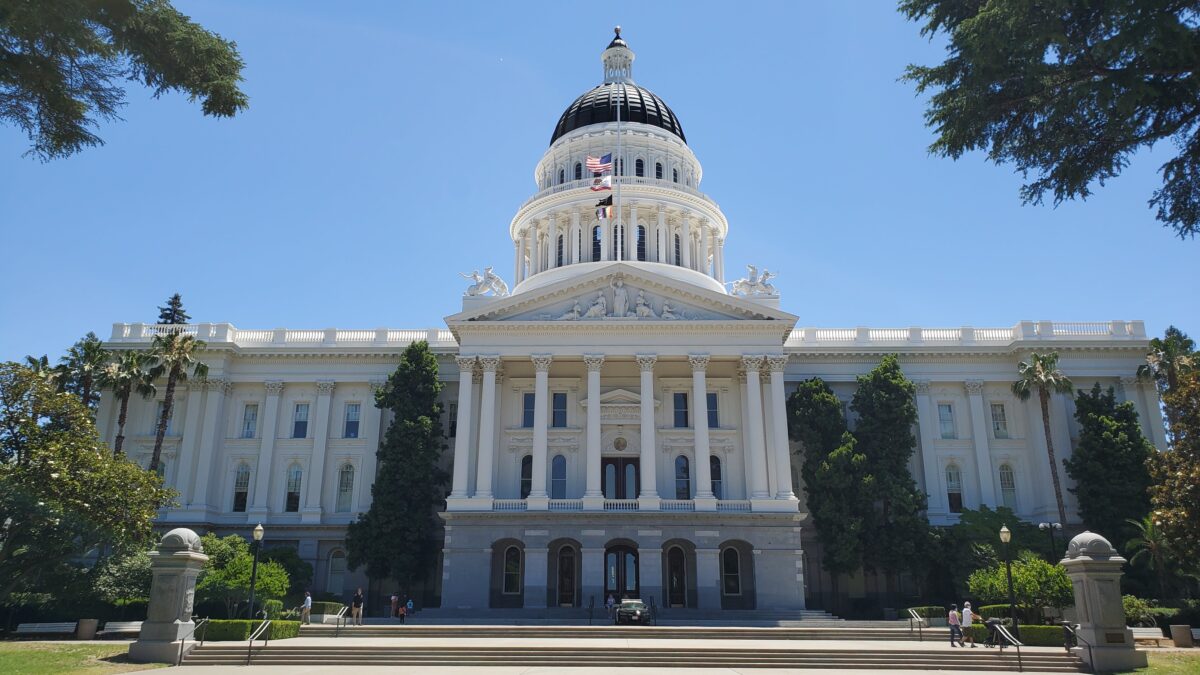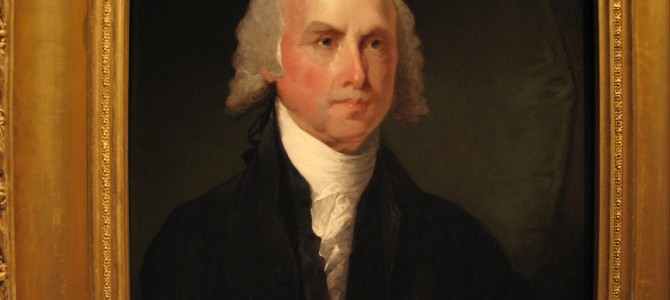
The latest gun control hysteria being stoked by the press has revealed an enormous amount of confusion about the role of the Second Amendment as a guarantee of liberty in our constitutional system.
That role is alternately embraced in rather simplistic form or dismissed as an absurdity: how could ragtag bands of rednecks with AR-15s ever hope to take on the U.S. military, with its full panoply of tanks, helicopters, and elite troops? The same people who say this will also insist that any American military action overseas is a mistake, because the U.S. military, with its full panoply of tanks, helicopters, and elite troops, can never hope to defeat ragtag bands of insurgents with AK-47s. But don’t look for consistency in partisan politics, and don’t be surprised when a Democratic politician wanders off script and suggests that if President Trump were to “ignore the courts,” then “this is where the Second Amendment comes in, quite frankly.”
Some declare flatly that this would never even be necessary, because “in a democracy, the government is the people’s government.” That begs a very big question. I wish I could be so complacent that it can’t happen here.
The Founding Fathers didn’t ask why it was necessary to provide the people the means to resist a tyrannical central government. It was a problem they had very recently encountered in real life, in the form of thousands of Redcoats sent across the Atlantic by a distant central government to suspend civil rights and enforce oppressive laws. So when they drafted their own system of central government and provided it sufficient military force to repel or deter foreign threats, they were profoundly concerned that this new national government would not be able to turn its power back against its own citizens.
Their solution was to make sure that the government drew its military power from the citizens themselves. That is the meaning of the much misinterpreted preamble to the Second Amendment: “A well regulated militia, being necessary to the security of a free state.” The idea was to rely for our defense primarily on an armed citizenry that can be called up as a militia. If the people themselves are the military power of the state, then that power cannot be used against the people. That’s what they meant when they called this system “necessary to the security of a free state.”
None of this is obsolete, despite advances in weapons, training, tactics, and the professionalization of the military. We still adhere to this system, both in letter and in spirit, in three ways: an armed citizenry, a military of citizen soldiers, and the National Guard.
Developing Citizen Soldiers
Let’s start with an armed citizenry. Throughout the twentieth century, for example, the U.S. government operated or supported the Civilian Marksmanship Program, which sponsored shooting competitions at rifle ranges and offered participants steeply discounted semi-automatic military surplus rifles. That these were military rifles wasn’t an accident. The program began as a way of encouraging civilians who were used to bolt-action rifles to train with the new semi-automatic rifles adopted by the military. It continued as a way of developing a reserve of trained marksmen among the civilian population. The point was that in time of war, when the military recruits thousands or millions of new soldiers, they want as large a supply as possible of men who can put ten rounds into the black at 400 yards with iron sights.
This naturally feeds into an army of citizen soldiers. Throughout history, and still in many places today, the military has been treated as a special or exclusive caste, with its own culture, institutions, privileges, and interests. The ancient Greek hoplites, for example, were heavily armed foot soldiers often drawn exclusively from a city’s ruling class.
The extreme case was the Spartans, who were an elite of professional soldiers drawn from a restricted class of citizens, ruling over a vastly larger number of oppressed helots. America, by contrast, has a tradition of drawing its soldiers from a cross-section of the civilian population, to which most of them return after a stint of four or six years. One of the implications is that in addition to having an armed population, we also have a large population of trained and experienced veterans with a close connection and kinship to those currently serving.
Again, the point is to have as small a gap as possible between the government and the people. An army of citizen soldiers drawn from the general public and reflecting its values is not likely to blindly follow orders to oppress their fellow citizens.
Dispersing Military Power Among the People
Finally, the military power in the United States is not concentrated solely at the federal level. The modern successor to the state militias is the National Guard. Not only are these part-time warriors who return to their normal jobs when not training or actively deployed, but their units are run by and under the command of the governors of the various states until they are called into active duty. This means that the military power of the federal government is partly distributed among the states rather than being centralized in the capital. For that reason, this is the only military power normally deployed domestically to keep the peace (as in the 1992 Los Angeles riots).
The same applies to an even greater extent to the non-military use of force. Despite a worrying expansion of federal law enforcement in recent decades, the vast majority of police power remains where it always has: on the state and local level. If you remember the recent fake outrage when Attorney General Jeff Sessions referred to our “Anglo-American heritage of law enforcement,” you might recall that he was specifically talking about the uniquely Anglo-American office of the sheriff, the point of which is to vest law-enforcement authority in a local official answerable to local constituents. The Constitution didn’t supersede this kind of local police power with a federalized police force, because the whole point was to preserve and respect the legitimacy of the state and local governments from which the Union was formed.
We all know—at least, those of us who have bothered to study the Constitution—about the importance of separation of powers between the various branches of the federal government. Our system tries to prevent the abuse of power by dividing it between the legislature, the executive, and the judiciary. But our system also includes a division of powers by scale, in which government power is distributed at different levels: federal, state, and local. The animating idea behind this system is to prevent the concentration of coercive power in a single institution, class, or capitol.
Or to put it in less legalistic and more philosophical terms, the division and dispersal of the coercive power of government embodies the idea that government authority is dependent on the consent of the governed.
To my knowledge, the closest that the Founding Fathers got to discussing all of this in detail was in The Federalist, No. 46, where the Father of the Constitution himself, James Madison, addresses the role of the state governments as counterbalances to the federal government. As a last resort, he contemplates the prospect of a tyrannical federal government using the army to impose its will on the states.
Let a regular army, fully equal to the resources of the country, be formed; and let it be entirely at the devotion of the federal government; still it would not be going too far to say, that the state governments, with the people on their side, would be able to repel the danger. The highest number to which, according to the best computation, a standing army can be carried in any country, does not exceed one hundredth part of the whole number of souls; or one twenty-fifth part of the number able to bear arms. This proportion would not yield, in the United States, an army of more than twenty-five or thirty thousand men. To these would be opposed a militia amounting to near half a million of citizens with arms in their hands, officered by men chosen from among themselves, fighting for their common liberties, and united and conducted by governments possessing their affections and confidence. It may well be doubted, whether a militia thus circumstanced could ever be conquered by such a proportion of regular troops. Those who are best acquainted with the last successful resistance of this country against the British arms, will be most inclined to deny the possibility of it. Besides the advantage of being armed, which the Americans possess over the people of almost every other nation, the existence of subordinate governments, to which the people are attached, and by which the militia officers are appointed, forms a barrier against the enterprises of ambition, more insurmountable than any which a simple government of any form can admit of.
Let’s update Madison’s numbers. A federal army at 1 percent of the population today would be an army of 3 million troops. Our regular armed forces are currently less than half that, about 1.3 million. Against that, the National Guard and reserves—those under the command of the states or dispersed among the civilian population—are about 850,000. Then there are about 22 million veterans among the civilian population, and while the World War II and Korea vets might seem a bit too elderly to be threatening—though I wouldn’t exactly count them out, if I were you—about 7 million veterans served from the Gulf War on.
That’s a very large population with military experience and training. The civilian population as a whole owns somewhere around 300 million guns, of which roughly half are probably owned by 3 percent of the population. If that seems like a small number, reflect that this means there are nine to ten million heavily armed people out there, and it’s likely that there is a significant overlap between Americans who own multiple guns and those who have served in the military. So the dispersal of coercive power through the American population today is considerable and makes the imposition of tyranny from above impossible to contemplate.
The Goal Is Preventing Civil Unrest
The point of The Federalist No. 46 was not to game out the details of this kind of conflict between a federal army and state militias allied with an armed citizenry. Madison’s point was to demonstrate how the whole constitutional system was designed to prevent such a conflict. The point was to set up a system where a revolution would never be needed in the first place, by ensuring that there is as little distance as possible between the coercive power of government and the people it governs. An armed citizenry and state militias, along with a military of citizen soldiers, are all part of that system.
This system is built to prevent tyranny, but it cannot prevent all conflict. It certainly did not keep Americans from shooting each other over slavery. Notice in that case, though, that the regular army was as divided as the rest of the country, to the point where top Union officers—including Gen. Robert E. Lee, who was originally offered the Union command—defected to the Confederate cause. If the purpose of the division and dispersal of coercive power is to ensure there is no separation between the military and the people, that doesn’t help when the people themselves are truly divided.
Despite the overdramatization among the chattering classes, we are fortunately very far from reaching that breaking point today. We should not tempt fate, though, by blithely dismissing or tearing down any part of the system that keeps us from getting there by shortening the distance between the government and the governed.
Robert Tracinski is a senior writer for The Federalist. His work can also be found at The Tracinski Letter.


